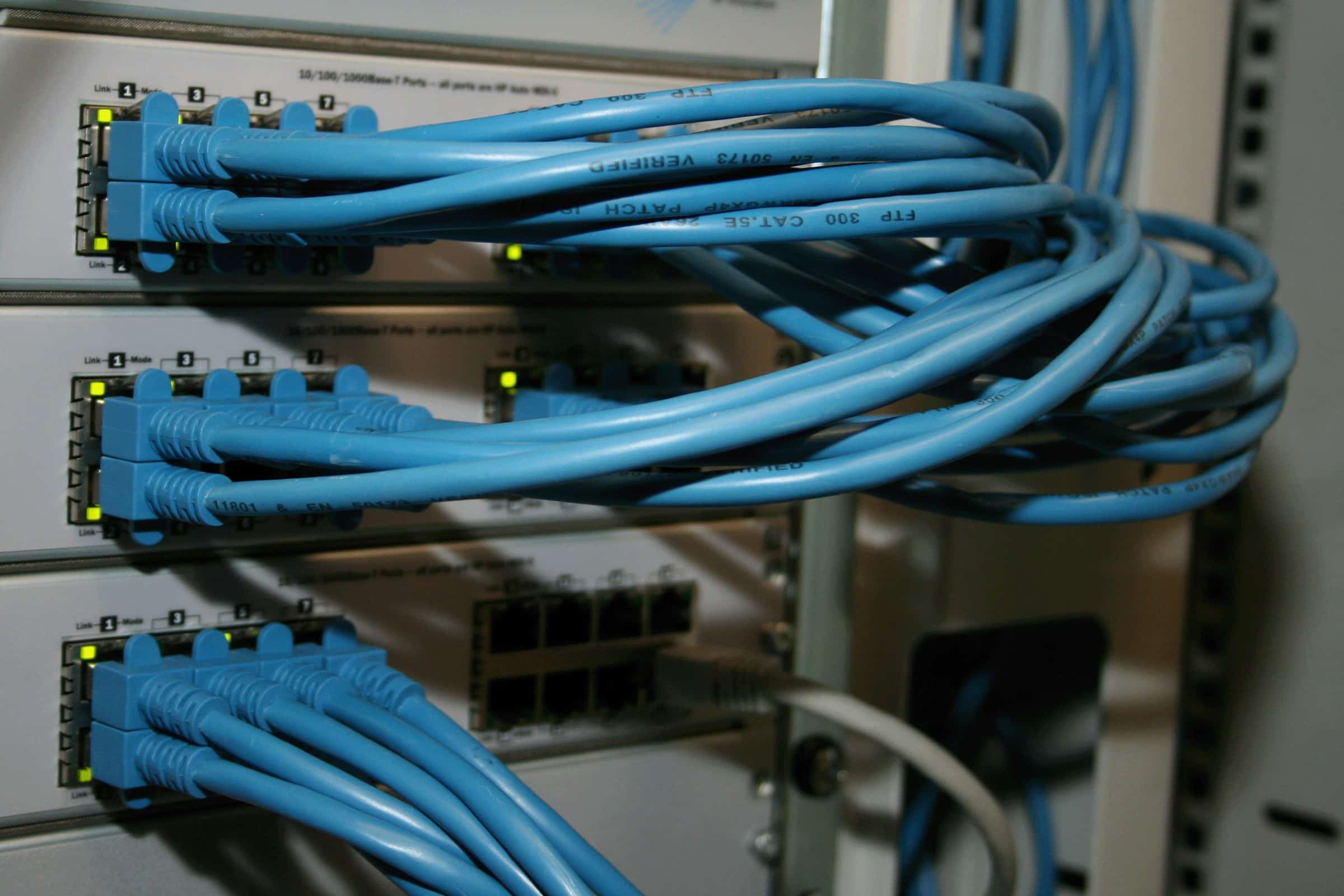
What are the best practices for deploying a Node.js application to AWS Lambda?
Deploying a Node.js application to AWS Lambda can elevate your backend infrastructure to a new level of efficiency and scalability. AWS Lambda, Amazon's serverless computing service, allows you to run code without provisioning or managing servers. This is especially useful for Node.js applications, which are known for their lightweight and high-performance nature. This article will guide you through best practices to ensure a smooth and optimal deployment process.
Understanding the Basics of AWS Lambda
AWS Lambda is a serverless compute service that runs your code in response to events and automatically manages the underlying compute resources. When deploying a Node.js application to AWS Lambda, you need to understand some key concepts and terms.
A lire aussi : What techniques can be used to optimize MySQL queries for large datasets?
Firstly, AWS Lambda functions are the building blocks of the service. Each function is a discrete unit of deployment and execution. The function code for AWS Lambda functions is typically written in Node.js, Python, Java, or other supported languages and is uploaded as a deployment package.
A deployment package is a zip file or container image that contains your function code and dependencies. AWS Lambda executes your function code within an isolated environment, ensuring that it scales efficiently and securely.
Cela peut vous intéresser : How can you use Apache Airflow for orchestrating complex data workflows?
Preparing Your Node.js Application
To successfully deploy a Node.js application to AWS Lambda, you need to follow several preparatory steps. Your Node.js application should be streamlined and optimized for the serverless environment.
Structuring Your Code
Organization is key to readability and maintainability. Break your application into smaller, manageable modules. Each module should have a single responsibility. This can help reduce the size of the deployment package and also make updates easier.
Using Environment Variables
Environment variables are an excellent way to manage configuration settings. They keep your code clean and prevent sensitive information, such as API keys and database passwords, from being hardcoded into your application. AWS Lambda supports storing environment variables securely.
Minimizing Dependencies
It's crucial to minimize the number of dependencies your application requires. This not only reduces the size of the deployment package but also decreases the risk of potential security vulnerabilities. Use npm install --production to ensure only production dependencies are included.
Preparing the Deployment Package
When you have structured your code and minimized dependencies, it is time to create the deployment package. This package is a zip file that contains your function code and any dependencies your application requires.
Ensure that you follow these steps:
- Create a directory for your function code and dependencies.
- Install your dependencies locally using the command:
npm install --production - Zip the directory into a deployment package:
zip -r function.zip .
For larger applications, consider using a build tool like Webpack to bundle and optimize your code.
Creating and Deploying Your Lambda Function
With your deployment package ready, the next step is to create and deploy your Lambda function. AWS provides multiple ways to do this, including the AWS Management Console, AWS CLI, and AWS SDK.
Using the AWS Management Console
The AWS Management Console provides a user-friendly web interface to create and manage Lambda functions.
- Navigate to the Lambda console.
- Click Create function and choose the Author from scratch option.
- Specify the function name and runtime (Node.js).
- Upload your deployment package by clicking the Upload from and selecting your zip file.
- Configure basic settings such as memory, timeout, and environment variables.
- Click Create function.
Using the AWS CLI
The AWS Command Line Interface (CLI) allows you to automate the deployment process using command-line commands.
- Create the Lambda function using the following command:
aws lambda create-function --function-name myFunction --runtime nodejs14.x --role arn:aws:iam::account-id:role/execution_role --handler index.handler --zip-file fileb://function.zip
Using the AWS SDK
The AWS Software Development Kit (SDK) provides an API to interact with AWS services programmatically.
- Initialize the SDK in your Node.js application:
const AWS = require('aws-sdk'); const lambda = new AWS.Lambda(); - Create the Lambda function:
const params = { FunctionName: 'myFunction', Runtime: 'nodejs14.x', Role: 'arn:aws:iam::account-id:role/execution_role', Handler: 'index.handler', Code: { ZipFile: require('fs').readFileSync('function.zip') } }; lambda.createFunction(params, (err, data) => { if (err) console.log(err, err.stack); else console.log(data); });
Using Container Images for Deployment
AWS Lambda also supports deploying functions as container images. This allows you to package your Node.js application and its dependencies into a Docker container.
- Create a Dockerfile:
FROM public.ecr.aws/lambda/nodejs:14 COPY app.js package.json ./ RUN npm install CMD ["app.handler"] - Build the container image:
docker build -t my-lambda-function . - Push the image to Amazon ECR:
aws ecr create-repository --repository-name my-lambda-function aws ecr get-login-password | docker login --username AWS --password-stdin <aws_account_id>.dkr.ecr.<region>.amazonaws.com docker tag my-lambda-function:latest <aws_account_id>.dkr.ecr.<region>.amazonaws.com/my-lambda-function:latest docker push <aws_account_id>.dkr.ecr.<region>.amazonaws.com/my-lambda-function:latest - Create the Lambda function:
aws lambda create-function --function-name myFunction --package-type Image --code ImageUri=<aws_account_id>.dkr.ecr.<region>.amazonaws.com/my-lambda-function:latest --role arn:aws:iam::account-id:role/execution_role
Managing and Updating Your Lambda Functions
Once your Lambda function is deployed, managing and updating it efficiently is essential. AWS provides several tools to help you monitor and update your functions.
Monitoring Function Performance
AWS CloudWatch is integrated with Lambda and provides logs and metrics for your functions. You can set up alarms and dashboards to monitor function performance, such as invocation count, duration, and error rates.
Updating Function Code
To update your function code, you can use the AWS Management Console, AWS CLI, or AWS SDK. For example, using the AWS CLI:
- Update the function code:
aws lambda update-function-code --function-name myFunction --zip-file fileb://function.zip
Versioning and Aliases
Lambda supports versioning, allowing you to publish versions of your function code. Aliases can be used to manage different environments (e.g., development, staging, production).
- Publish a new version:
aws lambda publish-version --function-name myFunction - Create an alias:
aws lambda create-alias --function-name myFunction --name production --function-version <version_number>
Using AWS SAM for Deployment
The AWS Serverless Application Model (SAM) is an open-source framework for building serverless applications. SAM simplifies the deployment and management of Lambda functions through a declarative template.
- Create a SAM template (
template.yaml):Resources: MyFunction: Type: AWS::Serverless::Function Properties: Handler: app.handler Runtime: nodejs14.x CodeUri: ./src MemorySize: 128 Timeout: 3 - Deploy the application:
sam build sam deploy --guided
Deploying a Node.js application to AWS Lambda offers numerous benefits, including scalability, cost-efficiency, and reduced operational overhead. By following the best practices outlined in this article, you can ensure a smooth and optimal deployment process.
Start by structuring your code and minimizing dependencies, then package and deploy your function using the AWS Management Console, AWS CLI, or AWS SDK. Consider using container images for more complex applications and take advantage of monitoring, versioning, and AWS SAM for efficient management.
By embracing these practices, your Node.js applications will be well-prepared to harness the power of AWS Lambda, ensuring a robust and scalable serverless infrastructure.
